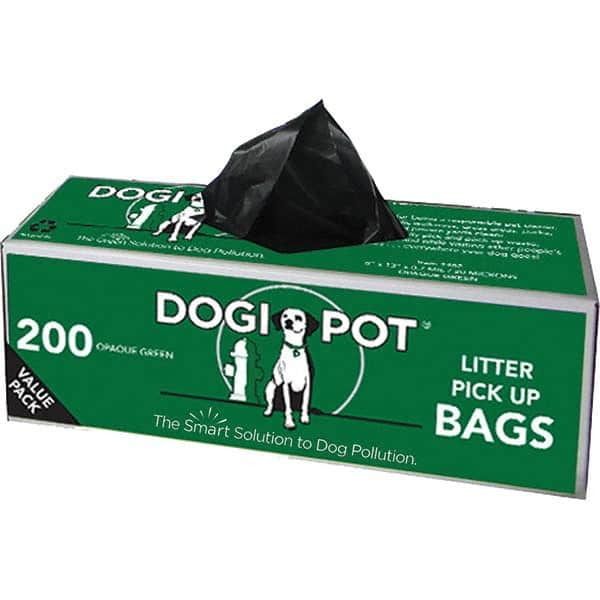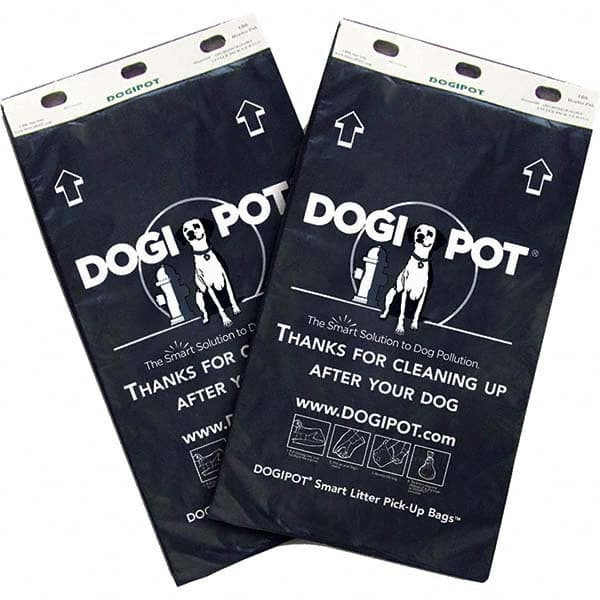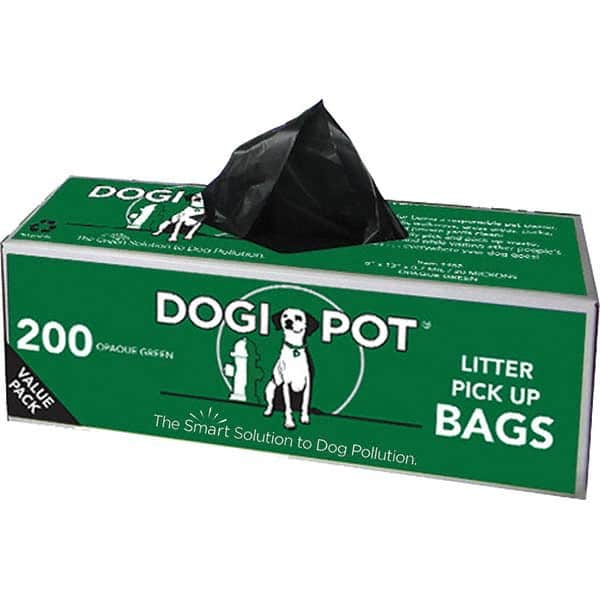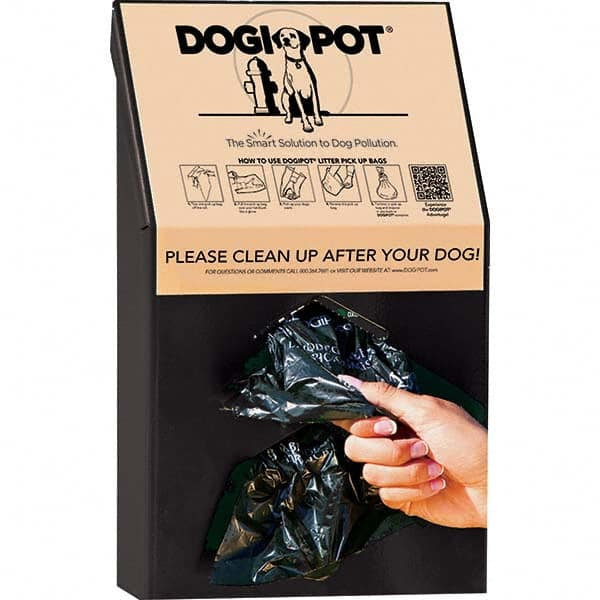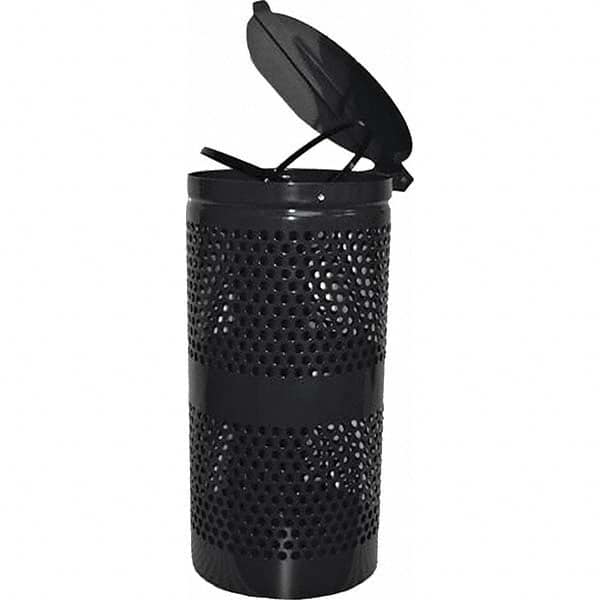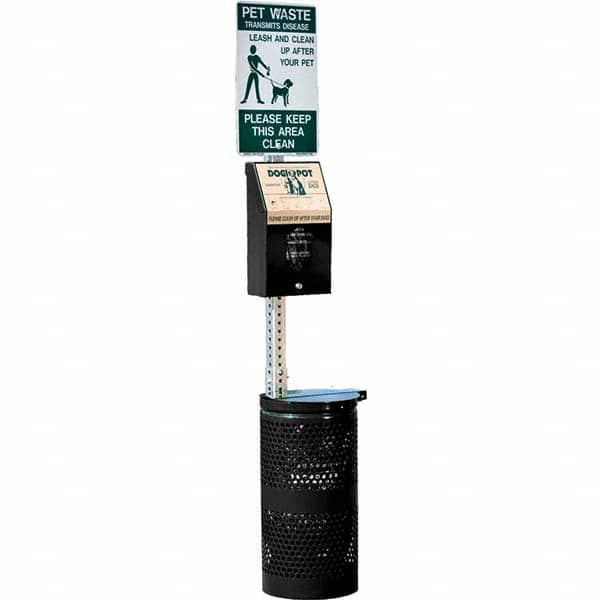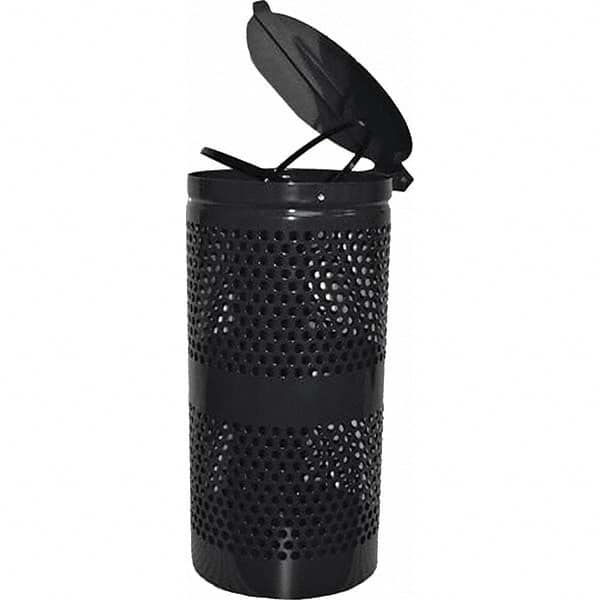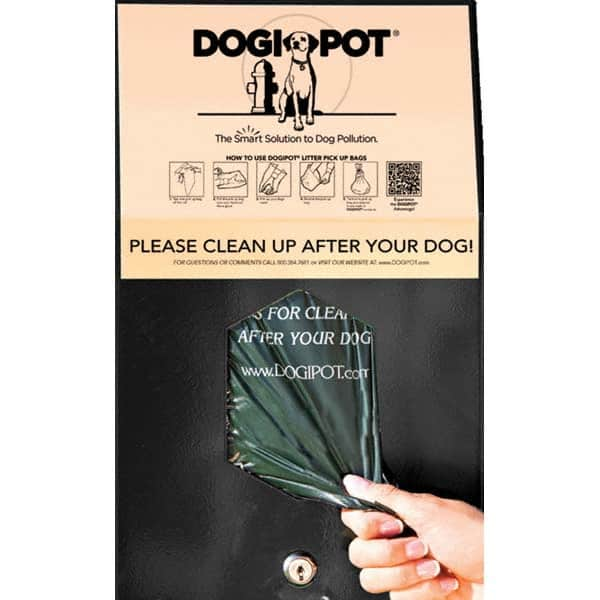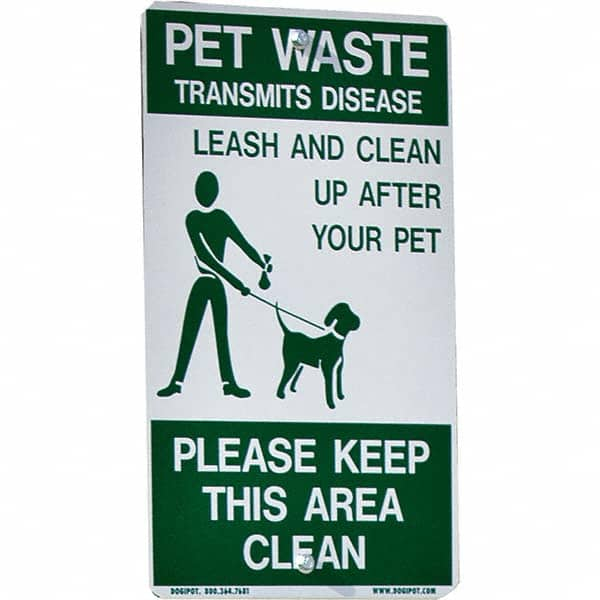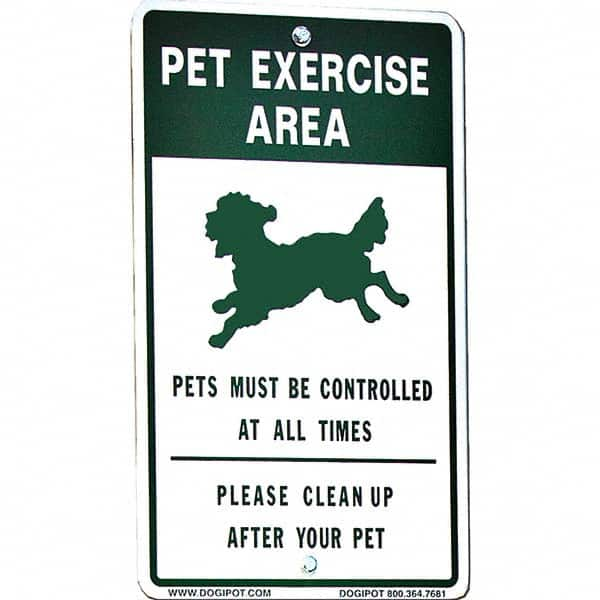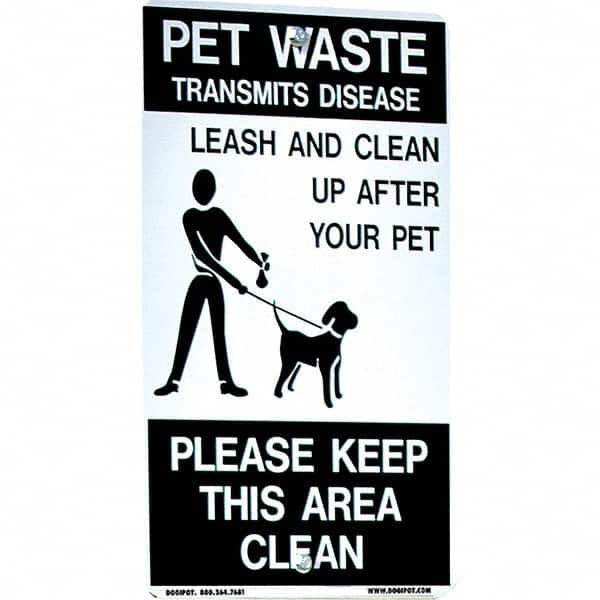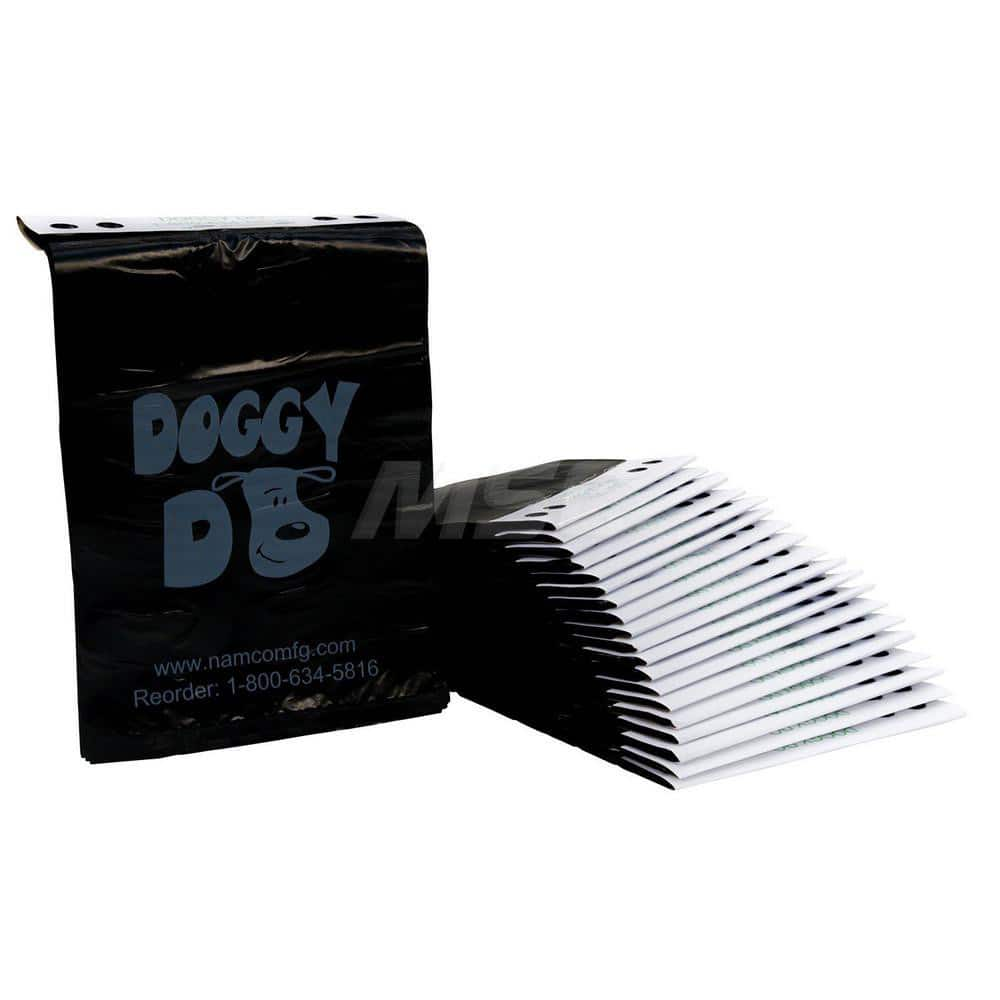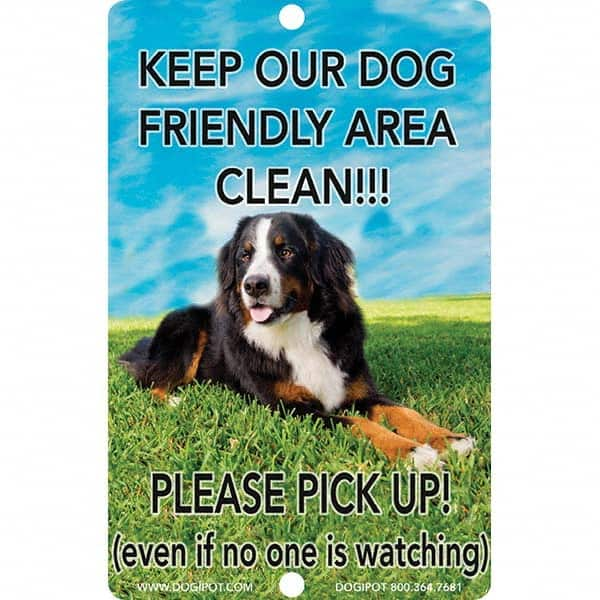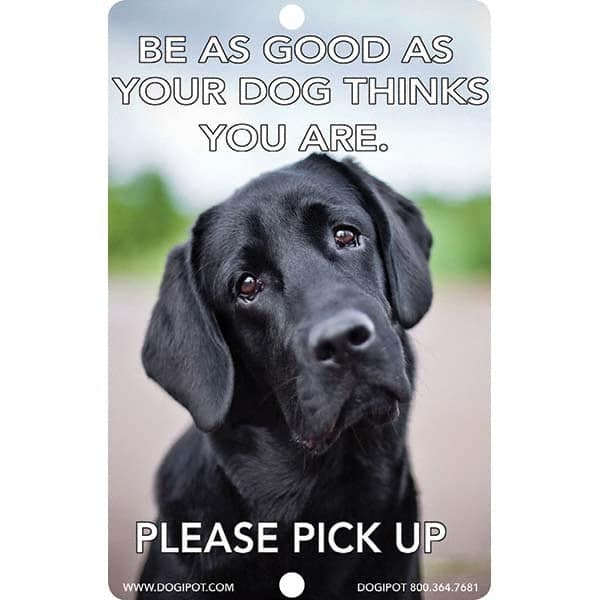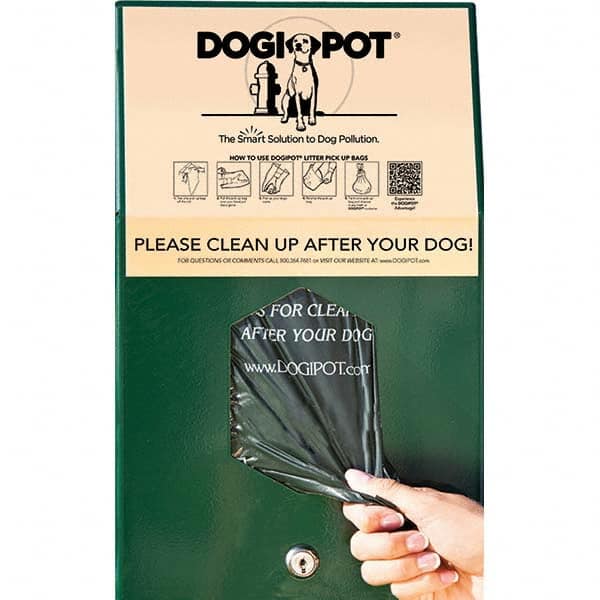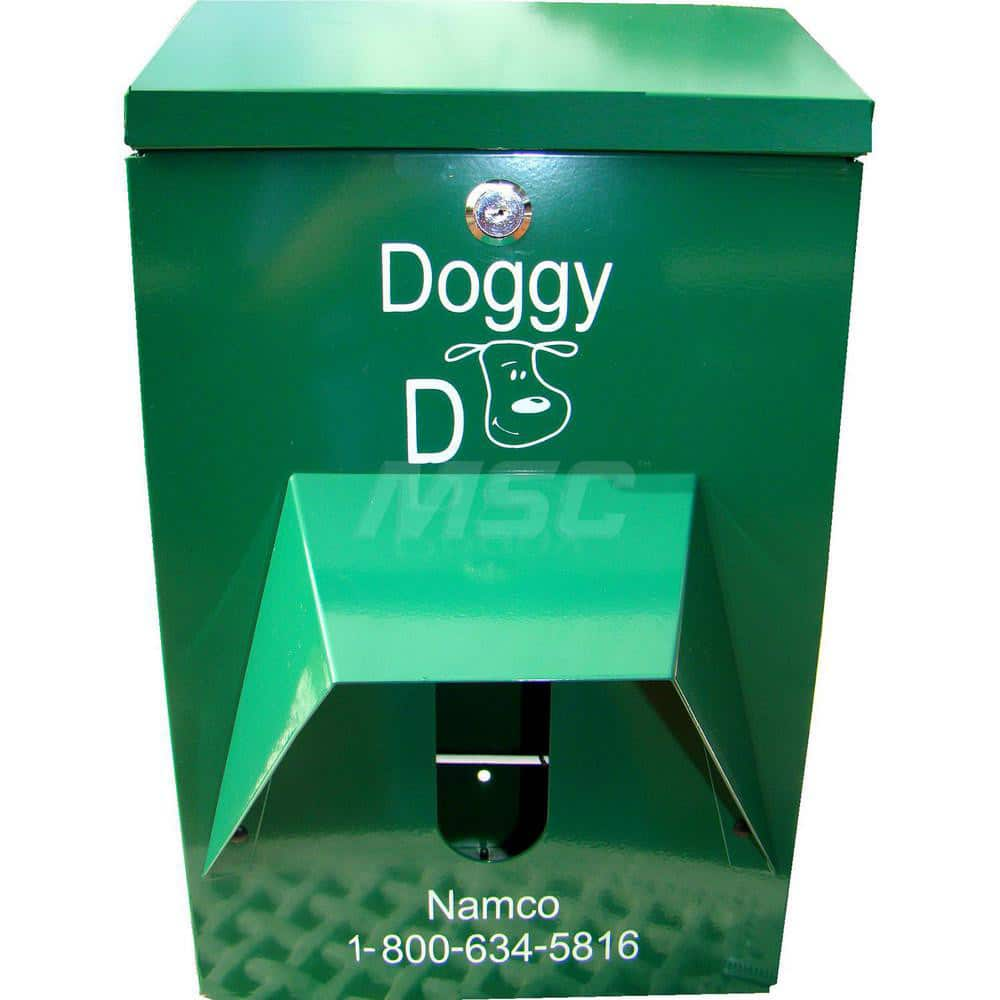The Environmental Impact of Animal Waste: How to Contain It Right
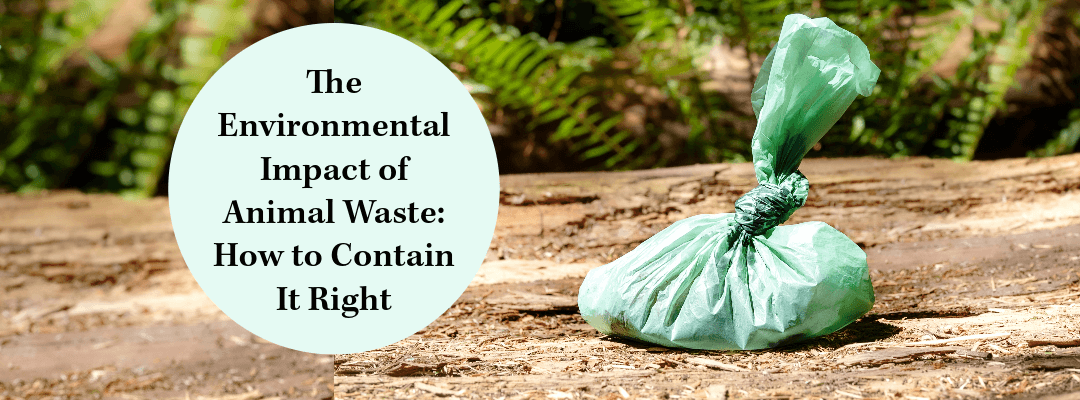
Introduction:
Animal waste management is a critical environmental issue that often goes unnoticed. The impact of improperly managed animal waste can be detrimental to both the environment and human health. In this comprehensive blog post, we'll delve into the environmental consequences of animal waste and explore effective containment solutions. Towards the end, we'll also recommend some products that can help you manage animal waste responsibly.
The Environmental Consequences of Animal Waste:
Animal waste is a significant environmental concern that often flies under the radar, despite its far-reaching implications for ecosystems and human health. It's essential to understand the multifaceted environmental consequences associated with animal waste, as it can have severe repercussions when not managed effectively.
Water Pollution:
Animal waste is a noxious mixture containing a slew of harmful components, including pathogens, nitrogen, phosphorus, and organic matter. When inadequately managed, these contaminants can infiltrate the soil and eventually find their way into groundwater or nearby water bodies, particularly during rainfall events. This infiltration leads to a perilous form of pollution known as water pollution.
Water pollution poses a substantial threat to aquatic ecosystems. Excessive nutrients, particularly nitrogen and phosphorus, trigger algal blooms in water bodies. These blooms deplete oxygen levels, causing fish kills and harming other aquatic life. Additionally, pathogens present in animal waste can make water unsafe for both aquatic organisms and human consumption.
Air Pollution:
Another concerning aspect of animal waste is the release of ammonia and other noxious gases into the atmosphere during decomposition. This phenomenon is especially prevalent in concentrated animal feeding operations (CAFOs), where large numbers of animals are confined in relatively small spaces.
In CAFOs, the concentration of animal waste is high, leading to a rapid production of ammonia. This ammonia can combine with other airborne pollutants to form fine particulate matter, which can penetrate deep into the lungs, causing respiratory problems in both animals and humans.
Air quality in communities near CAFOs can deteriorate significantly due to these emissions. In addition to ammonia, hydrogen sulfide and volatile organic compounds (VOCs) are emitted, contributing to foul odors and potential health hazards for nearby residents.
Soil Degradation:
Over-application of animal manure on agricultural fields can lead to soil degradation, an issue that impacts both the environment and crop productivity. Animal waste, when used in excess, introduces excessive nutrients, especially nitrogen and phosphorus, into the soil.
This nutrient overload disrupts the balance of the soil ecosystem, causing nutrient imbalances and reducing soil fertility. As a result, crop yields may suffer, and soil erosion becomes a significant concern. Erosion can lead to sediment runoff into nearby water bodies, exacerbating water pollution.
Effective management practices, such as controlled application and nutrient management plans, are essential to mitigate soil degradation caused by animal waste.
Climate Change:
Perhaps one of the most critical environmental concerns associated with animal waste is its contribution to climate change. The decomposition of organic matter in animal waste generates methane, a potent greenhouse gas that is approximately 25 times more effective at trapping heat in the atmosphere than carbon dioxide over a 100-year period.
Livestock, including cattle, are significant sources of methane emissions due to enteric fermentation (the digestion process in their stomachs) and manure decomposition. While the agricultural sector is a major contributor to methane emissions, proper waste management practices can help mitigate these effects.
In summary, the environmental consequences of animal waste are far-reaching and multifaceted. Addressing these challenges requires a combination of responsible waste management practices, regulatory measures, and public awareness. By understanding and mitigating the impact of animal waste on water, air, soil, and climate, we can work toward a more sustainable and environmentally friendly future.
Animal Waste Containment
Animal waste containment products play a crucial role in preventing the spread of waste and maintaining cleanliness in public areas. They are designed to safely and securely store pet waste, reducing the risk of environmental contamination.
Applications:
These products are suitable for a variety of public spaces, including parks, community areas, sidewalks, and pet-friendly establishments.
Specifications:
Animal waste containment solutions come in different sizes and designs, ensuring they can fit various locations and handle different volumes of waste.
Price Ranges:
Prices for these products vary depending on their size, material, and additional features. Typically, they range from $50 to $300.
Product Recommendations:
Pet Waste Station Accessories
Pet waste station accessories are essential for maintaining and enhancing the functionality of pet waste stations. They include items such as waste bags, dispensers, signage, and maintenance tools. According to USDA, pet waste disposal systems help protect water quality. Lets all do our part.
Applications:
These accessories are designed to complement pet waste stations in parks, apartment complexes, and any location with a pet-friendly policy.
Specifications:
The accessories vary in terms of size, capacity, and design, ensuring they meet specific station requirements.
Price Ranges:
Prices for pet waste station accessories range from $10 to $50, depending on the type and quantity of accessories.
Product Recommendations:
Pet Waste Stations
Pet waste stations are comprehensive solutions that include disposal bags and receptacles for convenient pet waste management. They provide a one-stop solution for pet owners to dispose of waste responsibly.
Applications:
Pet waste stations are ideal for installation in public spaces, dog parks, apartment complexes, and other areas with a high volume of pet traffic.
Specifications:
Pet waste stations come in various sizes and designs, some of which include built-in bag dispensers for added convenience.
Price Ranges:
Prices for pet waste stations vary based on their size, features, and additional accessories. Typically, they range from $150 to $500.
Product Recommendations:
Summary
By adopting responsible practices and utilizing the recommended products from these categories, you can play a significant role in reducing the environmental impact of animal waste. Let's strive to protect our precious ecosystems and ensure a healthier future for all. The planet needs you to pick up your dog (or pet's) poop!


